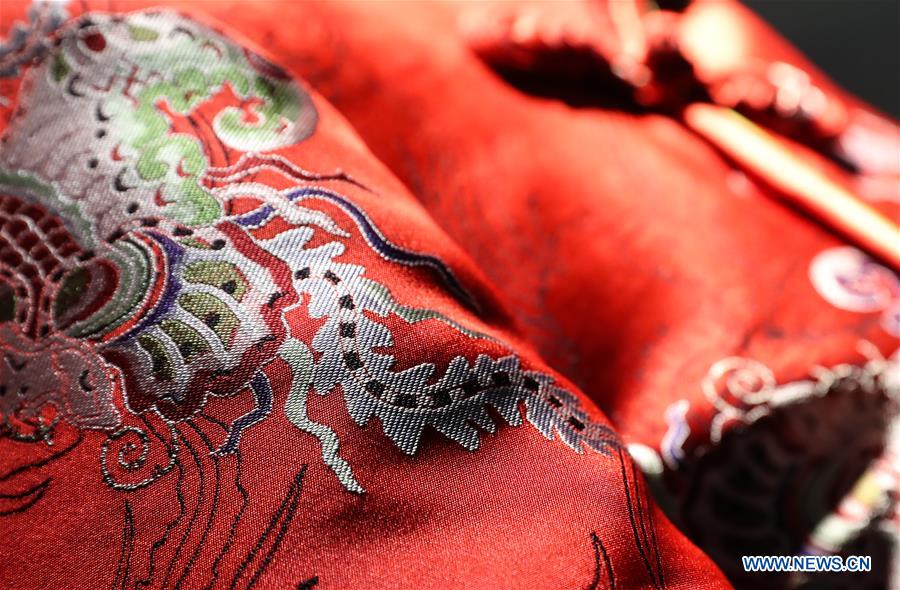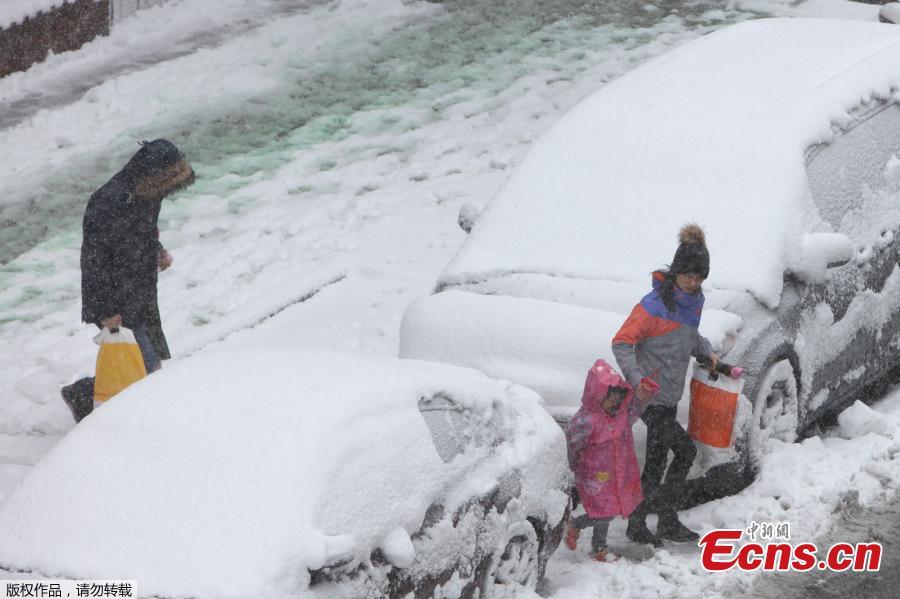Easing ahead
But it is still uncertain whether the government can maintain the current pace of growth.
"Downside risks to growth remain despite temporary stabilization," Barclays wrote in a research note on December 13.
Zhou, the economist at Barclays, noted that the economy's strong points aren't enough to offset its weakness.
Most research houses predict even slower growth for China in 2016, given the slowdown in the manufacturing and real estate investment.
For instance, J.P. Morgan expects China's growth to decelerate to 6.6 percent in 2016, while Barclays offers a pessimistic prediction of 6 percent.
More easing is crucial to avoid a "hard landing" in the Chinese economy, economists said.
"We expect one 25 bp rate cut and four 50 bp RRR cuts in 2016," Zhu Haibin, chief economist at J.P. Morgan China, wrote in a research note on December 15, adding that inflation will be comfortably low in 2016, providing space for further monetary easing.
Liu Xuezhi, an analyst at Bank of Communications, noted that the government would rely more on fiscal spending in 2016 to boost the economy, with the fiscal deficit target expected to rise to 2.8 percent to 3 percent of the GDP in 2016, compared with 2.3 percent in 2015.
China has already increased its fiscal spending over the past few months, with government expenditures in October surging 36.1 percent year-on-year, the highest growth rate in three years. The rate slowed to 25.9 percent in November, but was still high compared with the recent past.
The increase in government spending will be used to boost infrastructure construction and cut taxes. The government's cuts are expected to reduce the country's aggravate taxes by around 743.7 billion yuan in 2016, the China Business News reported on Thursday, citing a research report from United Bank of Switzerland.
The right solution
The Central Economic Work Conference (CEWC), which concluded on December 21 and set the tone for China's macroeconomic policy in 2016, pledged that the government will press ahead with structural reforms, specifically the "supply-side reforms", aimed at addressing overcapacity, overflowing inventories and an over-leveraged financial system.
Other priorities include reducing operating costs and increasing effective supply.
In the past, the government's stimulus efforts had focused on boosting demand by encouraging investment and consumption.
Both Zhou and Liu agreed that the CEWC offered the correct solution for China's economic problems.
"High property inventories and low manufacturing activity are major sources of pressure on the economy, and the CEWC has offered solutions to tackle these problems," Liu said.
China's economy still needs to grow by an average of 6.5 percent annually over the next five years to meet the target of doubling per capita income by 2020 from a 2010 base.
Although it will be a difficult task to hit that target, China's economy could still maintain medium- to high-growth over the next five years, Liu said.
He added that the booming services sector, growing domestic consumption as well as emerging industries could together form a new growth engine for the whole economy.


















































